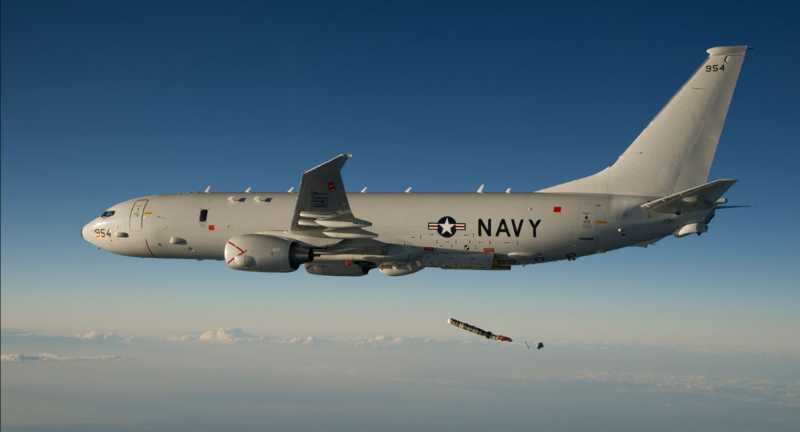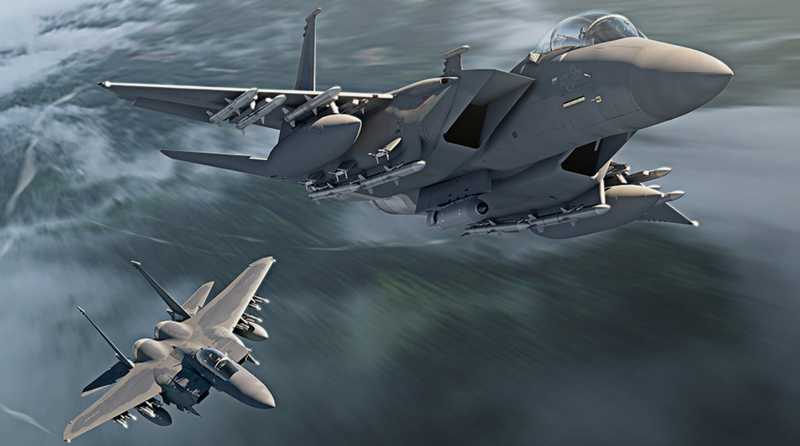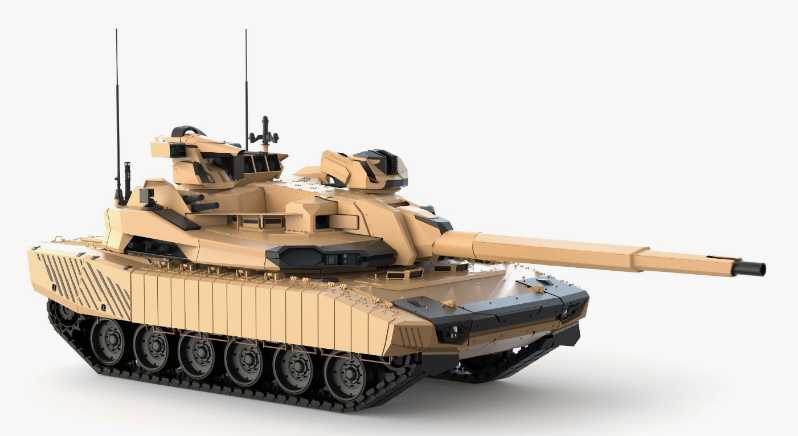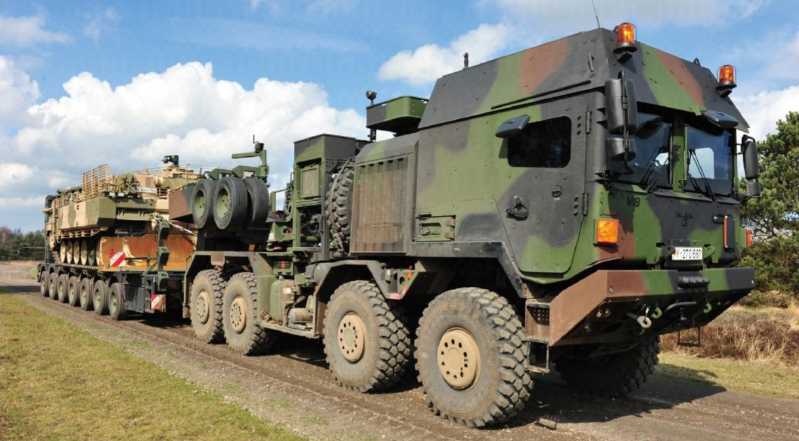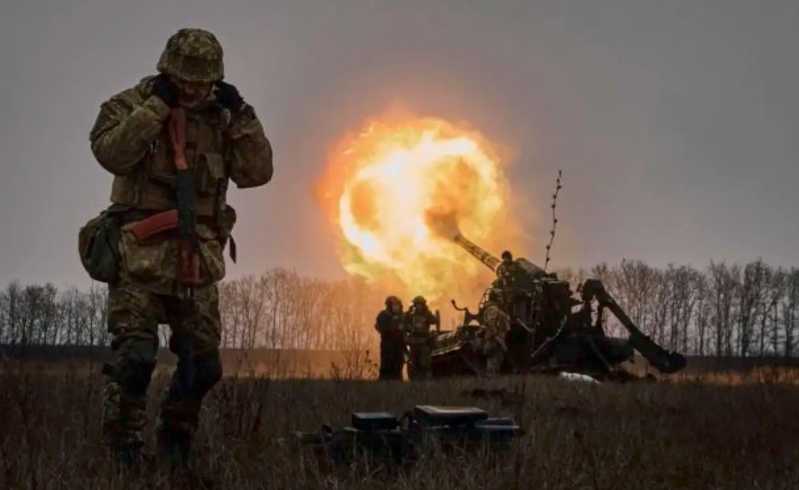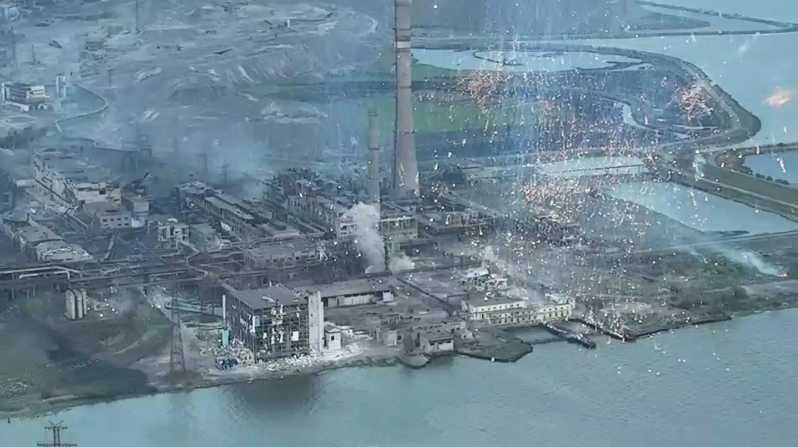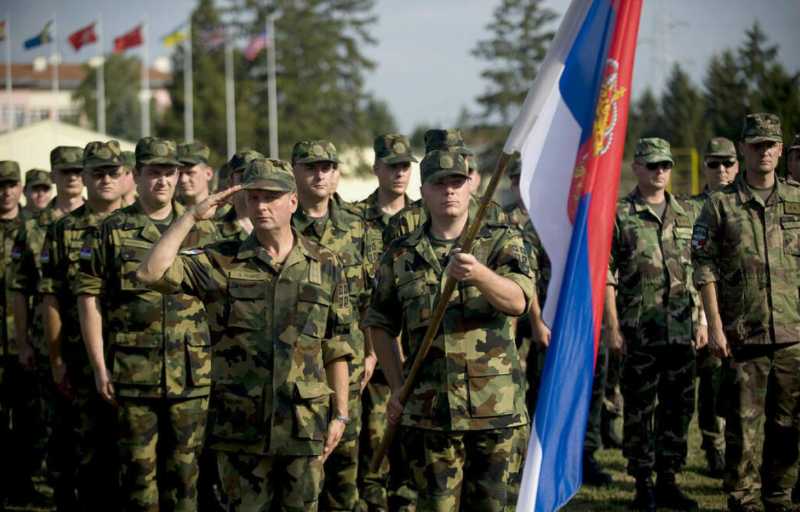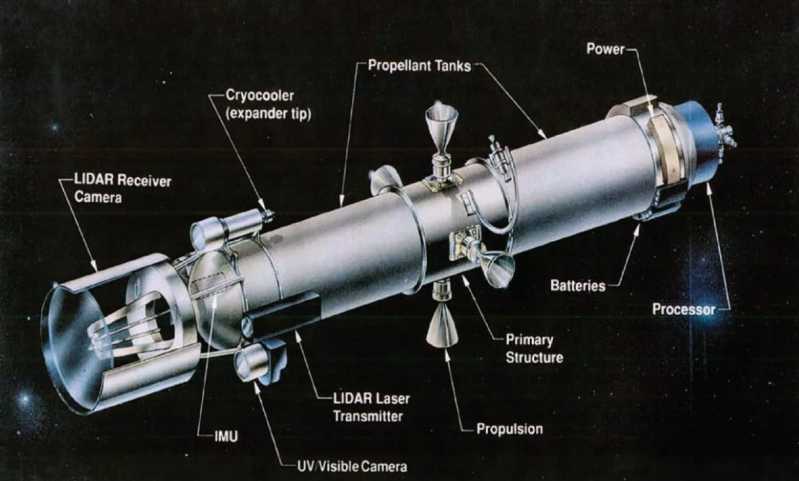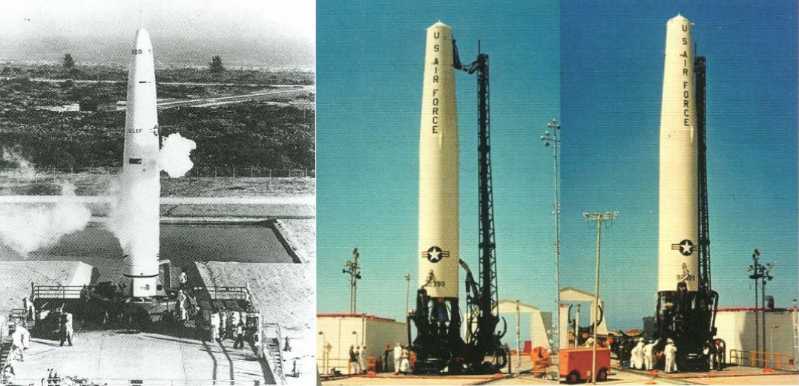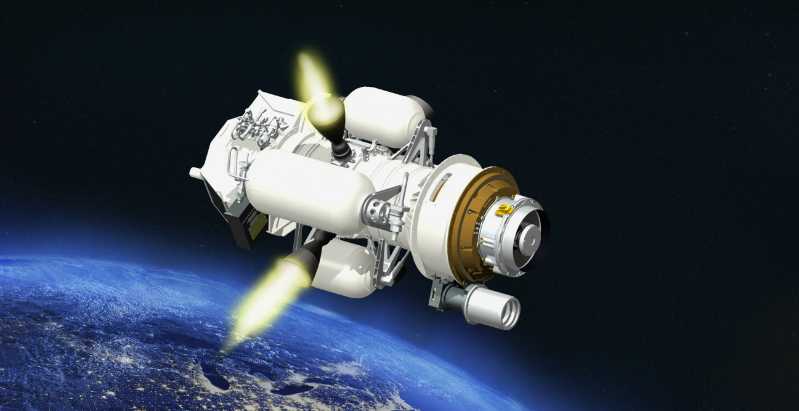The P-8A jet maritime patrol aircraft built by Boeing is a model tailor-made for the US Navy and is intended to completely replace the old P-3C "Orion". At present, the US Navy’s work on receiving the P-8A is nearly complete, and Boeing is trying hard to promote this model to potential customers around the world. What is the comprehensive performance and military sales prospects of this new generation of maritime patrol aircraft named Poseidon?
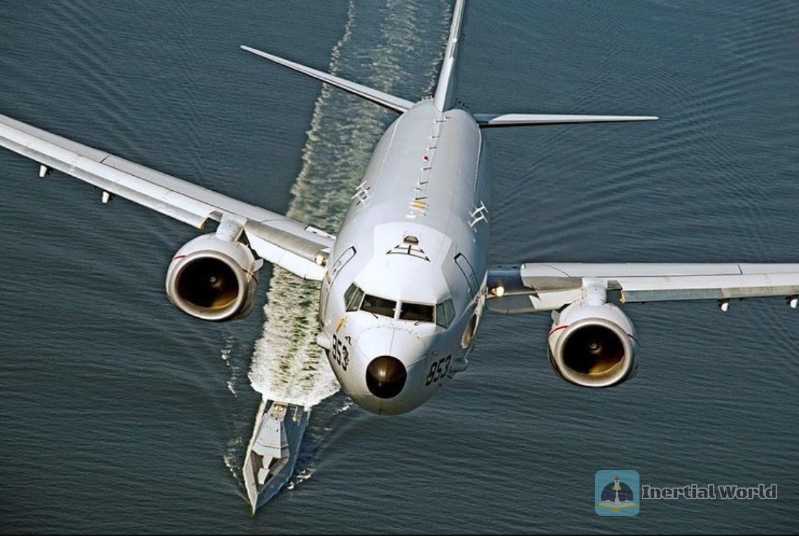
Relying on commercial aircraft platforms
Undoubtedly, the P-8A belongs to the "new generation" of maritime patrol aircraft, but it is not too "new" in terms of time. The US Navy received its first P-8A "Poseidon" at the Jacksonville Naval Air Station in Florida in March 2012, which was almost 10 years ago.
The first "Poseidon" was assigned to the 30th Patrol Squadron (VP-30), which is called "Home of Professionals". As the name suggests, this is a replacement squadron of the US Navy Aviation Force, which is responsible for training P-8A crew members. The service objects are not limited to the US Navy, but also for overseas military sales customers such as the United Kingdom, Australia and Norway. The replacement training of each patrol squadron takes at least one and a half years, of which the first six months are used to fly the aircraft and operate various onboard equipment, and the following 12 months are mainly used for various tactical content.
Starting from the "Home of Professionals", more than a dozen patrol squadrons of the US Navy successively received P-8A to replace the original P-3C. Among them, the 16th Patrol Squadron (VP-16), also known as the "Eagle", became the first "Poseidon" flight unit of the US military to achieve initial operational capability (IOC) in December 2013.
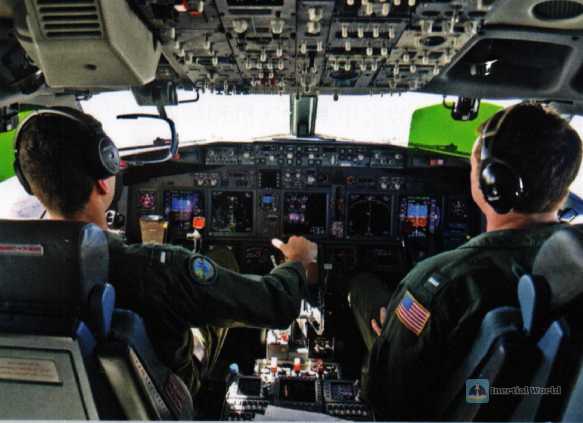
After completing the refit training, the squadron log of VP-16 once recorded: "The P-8A surpassed the P-3C in terms of mission completion rate, on-time take-off rate and range endurance. This aircraft will prove to be a game changer in ocean anti-submarine warfare because it has a significantly increased range, a sprint speed to reach the mission area in time, a larger passive search area, and better mechanical reliability than the P-3C."
What kind of aircraft is the P-8A "Poseidon"? In short, it is a military variant of the Boeing 737 civil airliner after high-intensity modification. The fuselage of the P-8A is composed of the middle section of the Boeing 737-800 and the wings of the Boeing 737-900. As for the US Navy’s diverse needs for anti-surface ship warfare, anti-submarine warfare and maritime surveillance missions, they are realized by various complex equipment equipped on the aircraft.
An integrated sensor suite consisting of radar, optoelectronic and signal detection systems is responsible for detecting, identifying, locating and tracking surface targets; sonar buoys and integrated monitoring systems are used to detect, identify, locate and track underwater targets (submarine). Airborne sensor systems can obtain real-time tactical situational awareness information and provide intelligence, surveillance and reconnaissance (ISR) information from the aircraft to the fleet and joint intelligence agencies. Directed infrared countermeasures systems are used to improve the ability of maritime patrol aircraft to resist the threat of infrared-guided missiles, and are equipped with explosion-proof fuel tanks and automatic fire protection systems.
The P-8A is actually the first military aircraft of the US Navy to be built on a mature commercial aircraft assembly line from the beginning. Boeing Commercial Aircraft is responsible for the fuselage of the P-8A, and Boeing Defense Systems configures various airborne equipment on the assembly line.
One benefit of using mature commercial aircraft platforms is that development and manufacturing costs can be reduced. According to the U.S. Department of Defense, since the P-8A procurement intention was first established in 2009, the cost of the entire project has been reduced by more than 30% compared to expectations, saving the U.S. Navy more than $2.2 billion. If this is true, it is indeed a comfort to the US Navy, which has wasted too much money on flashy "high-tech projects" such as the Ford-class aircraft carrier, the Zumwalt-class destroyer and the Littoral Combat Ship.
Incremental development
Another cost control practice of Boeing on the Poseidon project is to establish a "spiral development plan" for the technical configuration of the P-8A, that is, to inject new technical cores into the aircraft in different engineering change proposal (ECP) stages.
During the initial development and demonstration phase of the project, five P-8As used for test and evaluation were determined to be "Increment" 1 standards. At that time, the technical configuration was an APY-10 maritime surveillance radar and three key mission systems: acoustic devices, ALQ-240 electronic warfare systems, and MX-20HD electro-optical/infrared multi-spectral sensors for imaging and targeting.
Then, in the framework of the No. 1 Engineering Change Proposal (ECP1), The technical configuration of the P-8A has been upgraded to the "Increment" 2 standard, mainly adding a "Multi-Static Active Coherent" (MAC) wide-area sonar system for searching and locating submarines. The MAC system consists of sonar buoys, acoustic processors and matching mission computers. Other new features include the ship automatic identification system (AIS) and high-altitude anti-submarine warfare weapon capability (HAAWC), and the configuration of the tactical operations center located in the rear cabin has been updated.
The subsequent Engineering Change Proposal No. 2 (ECP2) includes two new AIS receivers, as well as new algorithms for the MAC system and the AIS system operation interface. The improved algorithm helps to reduce working noise, thereby improving submarine detection capabilities. Another important improvement of ECP2 is that it gives the P-8A the ability to launch AGM-84D Block 1C "Harpoon" anti-ship missiles all day and night.
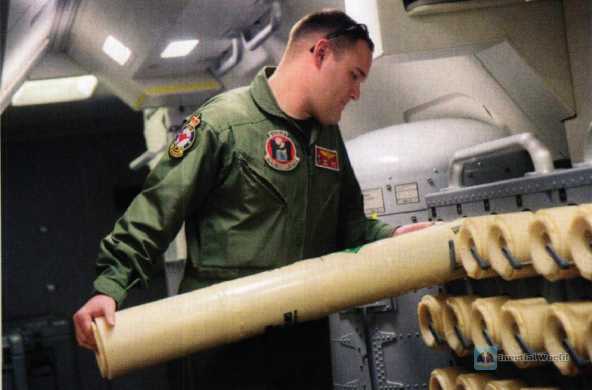
However, in the acceptance at the end of 2017, the US Navy believed that Under the framework of ECP2, Poseidon still has limited intelligence, surveillance and reconnaissance capabilities, and needs to further improve its anti-submarine warfare capabilities. Based on this, ECP 3 has targeted the improvement of sonar systems and high-altitude anti-submarine warfare weapons capabilities, and has continued to test a new type of active sonar buoy system with a higher sound source level.
The US Department of Defense subsequently announced that all the above technical improvements would be included in the mass production standards of the P-8A, and the aircraft that rolled off the production line based on this would belong to the "Increment 3" standard. And it is not limited to this. The contents of various engineering change proposals such as ECP 4, 5, 6, and 7 that have emerged in succession with the development of new technologies have also been included in "Increment 3".
In short, ECP4 mainly upgraded the airborne satellite communication system and simultaneously improved the P-8A’s targeting capabilities. ECP5 includes tactical data link intercommunication No. 16, third-party targeting and electronic warfare coordination devices, and airborne high-frequency radio upgrades.
ECP6 includes a new open system architecture, targeted improvements to anti-submarine warfare signal intelligence and combat system processing devices, and upgrades to broadband satellite communications and airborne mission management system software. The upgrade project, called "Minotaur", also shows Poseidon a prospect of forming a real-time battlefield space information map through diversified sensors and transmitting relevant data to other aircraft and ships in the theater for sharing. ECP7 mainly enhances anti-submarine warfare performance through the reintegration of airborne system architecture.

The P-8A currently in service is all ECP5 configuration standard. The relevant components of ECP6 and ECP7 are still in different stages of development. It is planned to implement relevant upgrades to the US military’s Poseidon fleet as early as 2025.
Weapons in use and to be used
Currently, the P-8A Poseidon carries two weapons: the Mk54 torpedo and the AGM-84D Harpoon anti-ship missile. The Mk54 torpedo combines the sonar of the Mk50 torpedo with the warhead and propulsion system of the Mk46 torpedo. Both of the latter two older torpedoes can be converted to the Mk54 through upgrade kits.
The basic model of the Mk54 torpedo is Mod0, and there is also an improved Mod1, which includes a higher-resolution sonar array and software, as well as a new hydrophone unit. The torpedo is suitable for detecting and attacking underwater targets in deep water or near-shore waters. The improved algorithm enables the Mk54 to analyze and identify false targets and lock on to real threats.
After the kit upgrade, the standard version of the Mk54 torpedo can become a model integrated into the HAAWVC for high-altitude launch. HAAWC is an independently purchased kit that includes the main wing, tail wing, and GPS guidance device docked with the aircraft. This kit enables the P-8A to launch torpedoes at long range and high altitude under GPS guidance.
In May 2019, the 20th Air Test and Evaluation Squadron of the U.S. Naval Air Systems Command (NAVAIR), a development and test unit of the P-8A, successfully used a Poseidon to launch five HAAWCs, four of which were Mk54 test torpedoes used to evaluate accuracy, and the fifth was a Mod 0 standard Mk54 torpedo used to determine the accuracy and reliability of the launch. The U.S. Navy believes that the results of the five launches show that HAAWVC has been able to meet the "required level of weapon delivery accuracy." Next, the P-8A will also integrate the subsequent function of updating target information in flight through the No. 16 data link.
Another weapon is the AGM-84D anti-ship missile, which is used to fight against various levels of surface ships. The Harpoon II can cruise close to the target at wave height and autonomously enter terminal attack mode to counter enemy defensive firepower and enhance warhead penetration.
Currently, in accordance with the requirements of the Naval Air Systems Command, the Maritime Patrol and Reconnaissance Aircraft Project Office at the Patuxent River Naval Air Station in Maryland is working to enable the Poseidon to use the AGM-158C Long-Range Anti-Ship Missile (LRASM).

The AGM-158C is 4.26 meters long and weighs 953 kilograms. It is an anti-ship model of the AGM-158B Joint Air-to-Surface Standoff Missile. The developer Lockheed Martin claims that the LRASM can provide the US Navy with flexible, long-range, and advanced countermeasures against maritime targets.
The AGM-158C has a warhead charge of 454 kg and features an all-weather infrared guidance system, a multi-mode radio frequency sensor suite for receiving new data links updated by the Japanese standard, an upgraded power system, and a digital anti-interference GPS navigation system.
It will take some time to fully integrate the LRASM missile into the P-8A, and the US military hopes to complete it by early 2026. At the same time, this upgrade project may also take into account other weapon systems, such as the Mk62, Mk63 and Mk65 "fast attack" mines using kits, GBU-53/B small diameter bombs, miniature air-launched decoys, and related supporting bomb racks and universal weapon interfaces.
NATO customers
The US Navy has ordered a total of 128 P-8A aircraft to fully replace the P-3C. As of 2021, Boeing has delivered 108 Poseidons. On May 15, 2020, the 40th Patrol Squadron announced that it had achieved the initial operational capability of the P-8A, which means that the patrol squadrons in the US military have been fully or partially replaced with the Poseidon maritime patrol aircraft. In May 2021, the last "Orion" in the US military’s front-line patrol squadron was retired. The Navy only continues to retain several P-3Cs in two reserve squadrons and a test/evaluation unit. These aircraft are expected to be fully retired by 2023, when the P-8A will be fully commissioned.
While claiming that "the P-8A has flown for more than 250,000 hours in the US Navy’s front-line squadrons, and this type of aircraft is increasingly proving its important value in anti-submarine warfare and maritime security operations", Boeing said that the "Poseidon" production line will continue until at least 2023. In order to continue to maintain the production line after completing the US military order, Boeing has been striving to seek overseas customers and has achieved some results.
That year, the Royal Air Force’s new generation of maritime patrol aircraft "Hunter" MRA.4 failed to pass the 2010 strategic defense and security review. In this regard, the Financial Times of the United Kingdom once lamented that "the United Kingdom has joined a small group of countries that have long coastlines but no dedicated maritime patrol aircraft." The United Kingdom can only turn its eyes outward and set up a so-called "corn seed" plan, first sending relevant personnel to the United States, Canada, Australia and other countries for training to prevent their capabilities and skills from "gradually atrophying over time", and then officially decided in 2015 to order 9 P-8A for US$3.9 billion.
The first Poseidon ordered by the UK arrived in the UK in February 2020, making the Royal Air Force the second NATO customer of the P-8A. Traditionally, maritime patrol aircraft have always belonged to the British Air Force rather than the Navy. The British Army calls the P-8A the "Poseidon" MRA.1 and is stationed at Lossiemouth Air Force Base in Scotland. As of the end of 2021, Boeing has delivered 6 "Posesidons" to the UK. The delivery of all aircraft and the formation of final combat capabilities are not expected to be earlier than 2024.
Boeing certainly has a positive evaluation of this overseas customer of "Poseidon", and also uses this to build momentum for the P-8A. They declared: "The Royal Air Force has achieved initial operational capability less than six months after receiving the first aircraft. Announcing this capability so quickly shows that our customers have full confidence in Poseidon."
The Royal Norwegian Air Force became the third NATO customer of Poseidon in April 2017, ordering five P-8A aircraft for approximately $1.2 billion to replace the four P-3C and two P-3N Orions in service. Explaining the decision, the Norwegian government said, "Norway is NATO’s Arctic, and Norway’s stability is a sign of stability in the entire surrounding region. In this special environment close to the Kola Peninsula, it is extremely important to have the latest maritime patrol aircraft technology. "The delivery of Norway’s Poseidon began in 2021, and the Norwegian Air Force plans to complete the receipt of all five P-8As by 2023 and deploy them at the Andenes/Andoya base.
"Poseidon" vs European MAWS
To Boeing’s delight, after an evaluation, the German Ministry of Defense signed a letter of intent with the US government on June 30, 2021 to purchase five P-8As, making the German Navy the fourth NATO customer of the aircraft. Boeing stated, "Germany’s decision highlights the influence of the P-8A in the field of high-end anti-submarine warfare and multi-mission maritime surveillance aircraft within NATO."
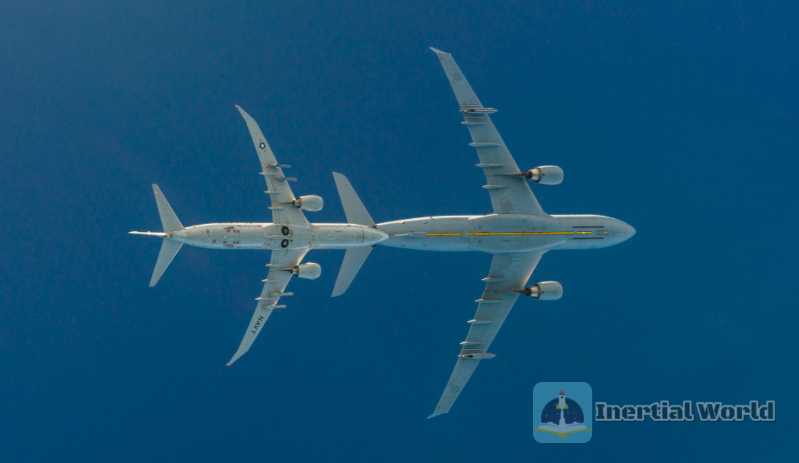
Previously, the main force of the German Navy’s maritime patrol aircraft was eight second-hand P-3C "Orions" purchased from the Netherlands. In order to upgrade, Germany and France have launched the joint research and development of the "Maritime Air Combat System" (MAWS) in 2018. Although Airbus has previously proposed a design based on its A320 series of commercial aircraft, the overall progress of MAWS is significantly slower than expected, and it is said that it will not become a reality until the 2030s.
With the budget for upgrading the P-3C rejected and no other ideal models available, it is reasonable for Germany to choose "Poseidon" as a transitional solution before the landing of MAWVS. After finalizing the introduction of the P-8A, the German Army’s "Orion" will be fully retired by 2024 at the latest.
After the German Navy confirmed that it would equip the Poseidon, Boeing began to take advantage of the situation to advertise, and the aggressive statement was: "As far as high-end maritime patrol aircraft are concerned, the P-8A currently has no competitors. The mission competence of other similar aircraft that are still flying today is limited, and high-end anti-submarine aircraft are an effective means for NATO countries to deal with new visible threats. Whether in the North Atlantic or in the Black Sea, these countries need high-end capabilities to deal with submarine threats.
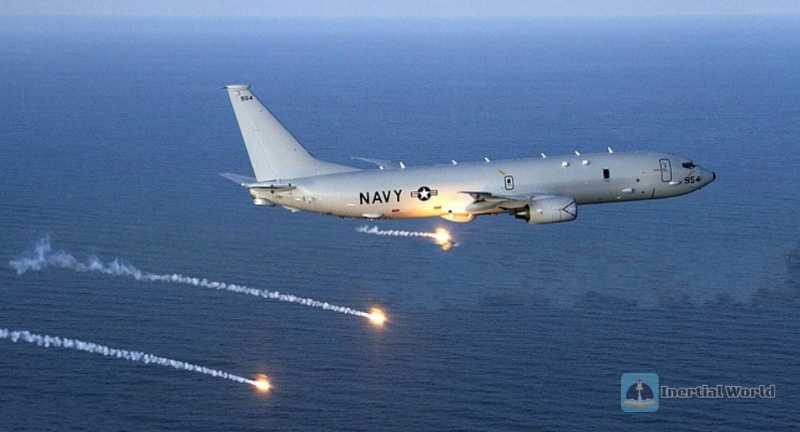
On the other hand, in order to show that it will not be "faithful" to the P-8A, the German Ministry of Defense stated that the decision to purchase the Poseidon has fully considered the impact on the MAWS project. The positioning of the Poseidon is to "maintain the German Navy’s anti-submarine warfare and long-range maritime reconnaissance capabilities from 2025 to 2035 with a fast and seamless docking posture." As for the MAWS project jointly undertaken by Germany and France, "this capability will continue to be ensured thereafter. However, some NATO analysts believe that the P-8A will serve in the German Navy for a longer period of time. The Defense Security Cooperation Agency (DSCA) under the US Department of Defense also stated: "This military aircraft procurement will not only enable Germany to have modern capabilities in related fields, but will also continue this capability for the next 30 years."
Whether it is transitional or long-term, in any case, Germany’s introduction of US maritime patrol aircraft is a blow to the European aviation industry. With three European countries purchasing P-8A in succession, NATO has also sparked debate on whether it is appropriate for "Poseidon" to gradually dominate among NATO member states.
The MAWS program can be said to be tailor-made for European customers, and will technically surpass similar models currently in service. The Airbus A320, on which the project relies, is a mature and widely used commercial aircraft like the Boeing 737. Its complete and effective global supply chain will be a strong support for MAWS, and the European aerospace industry will also benefit greatly from the project.
Like Germany, other European NATO countries are also facing the problem of replacing maritime patrol aircraft, such as France, Greece, Portugal and Spain. The key factor now is time. Before the MAWS solution is fully available, can the existing aircraft of these countries effectively meet the anti-submarine needs? Will the cost of maintaining old aircraft in service in the next 10 years be unacceptably high? Boeing may have smelled more business opportunities.
Marketing to the Asia-Pacific region
When marketing "Poseidon", one of Boeing’s strategies is to emphasize the commonality, interoperability and maintainability of this aircraft. Since the Boeing 737 has a large customer base worldwide, the P-8A developed based on it theoretically also enjoys the same supporting services and effective global supply chain.
Outside NATO, "Poseidon" has expanded new customers, including Australia, New Zealand, India and South Korea, which are either already using the aircraft or are in the process of receiving it.
As expected, Australia, which follows the United States closely, is the third user of Poseidon after the United States and the United Kingdom. The Royal Australian Air Force has ordered 12 P-8A aircraft, most of which have been delivered and stationed at the Edinburgh base in South Australia. The remaining aircraft are expected to be delivered in 2024.
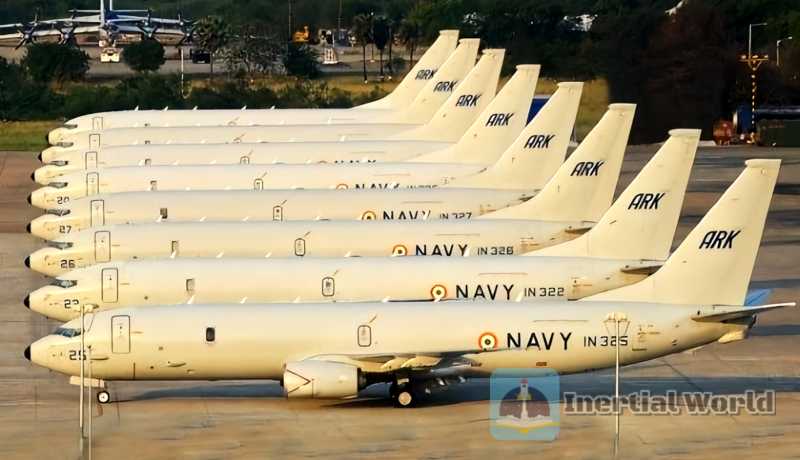
Australia’s neighbor New Zealand confirmed its order for 5 P-8A aircraft in July 2018, and the Royal New Zealand Air Force is expected to begin receiving these aircraft in 2022.
In Asia, India introduced Poseidon very early. Since 2013, most of the first batch of 12 aircraft planned to be equipped by the Indian Navy have been completed. The United States also announced in the first half of 2021 that India has agreed to purchase an additional 6 Poseidons, but no formal agreement has been signed yet. The Indian Navy’s model is called P-81, which shows that India’s "Poseidon" is different from the P-8A in technical details, mainly with the addition of tail radar, magnetic anomaly detector, etc.
In June 2018, South Korea announced the purchase of 6 P-8A for US$2.1 billion, becoming the second user of "Poseidon" in Asia, and the first aircraft is expected to be delivered in 2023.
Despite the above successes, Boeing’s worries have not diminished. At present, Boeing has completely switched the production of ordinary 737 passenger aircraft to 737 MAX, and the delivery to the US Navy, the largest customer of "Poseidon" so far, is about to be completed. The prospects of the Seattle P-8A production line depend entirely on whether there are more export orders. In this regard, Boeing said, "The production of the US Navy’s order is about to end, but the production line will not be closed. As long as there is demand, we will continue to produce P-8A. Any customer facing submarine threats or existing users of P-3 aircraft are potential customers of P-8A, and we believe that the prospects in this regard are positive. "However, such bold words cannot conceal the fact that if there are no large orders in the future, the countdown to the closure of the "Poseidon" production line is already ticking.


